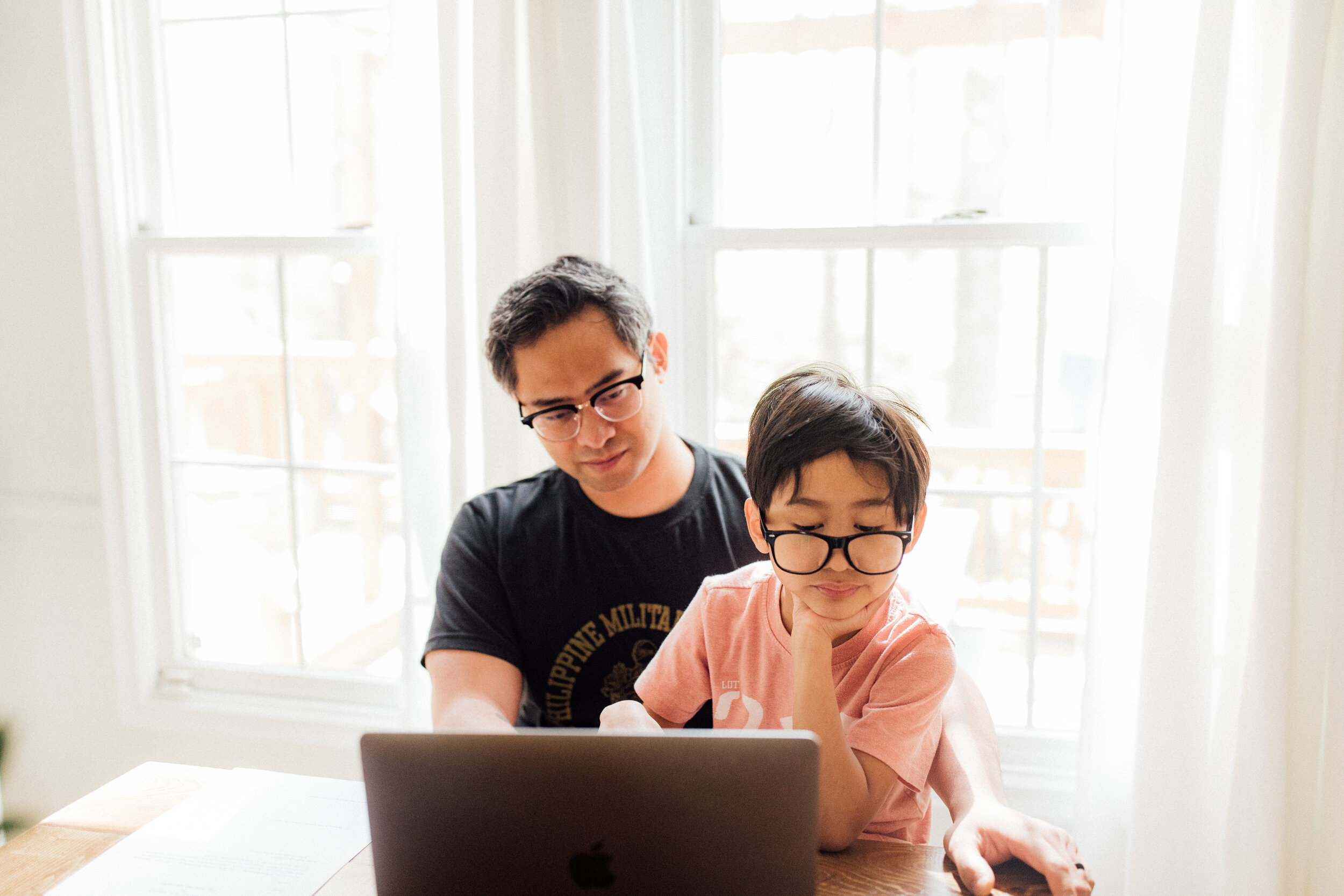Blog

Let's Talk About It: Codependency
Many of us are quite familiar with the word codependency. We often associate it with someone who is “needy” or who relies on others to do every day life. In reality, codependency is far more than just relying on others; it is a maladaptive way of maintaining interpersonal relationships and a skewed view of self. Let’s talk about a few yellow flags of codependency in any relationship…


Divorced parents during COVID-19. Kids are okay, but what about the parents?
What about the parent who is not with their child? How can that parent cope with not seeing their child each and every day?


6 Tips For a GREAT School Year.
School is just around the corner. It doesn't have to be a hard transition. Here are 6 GREAT tips to help with the transition.
